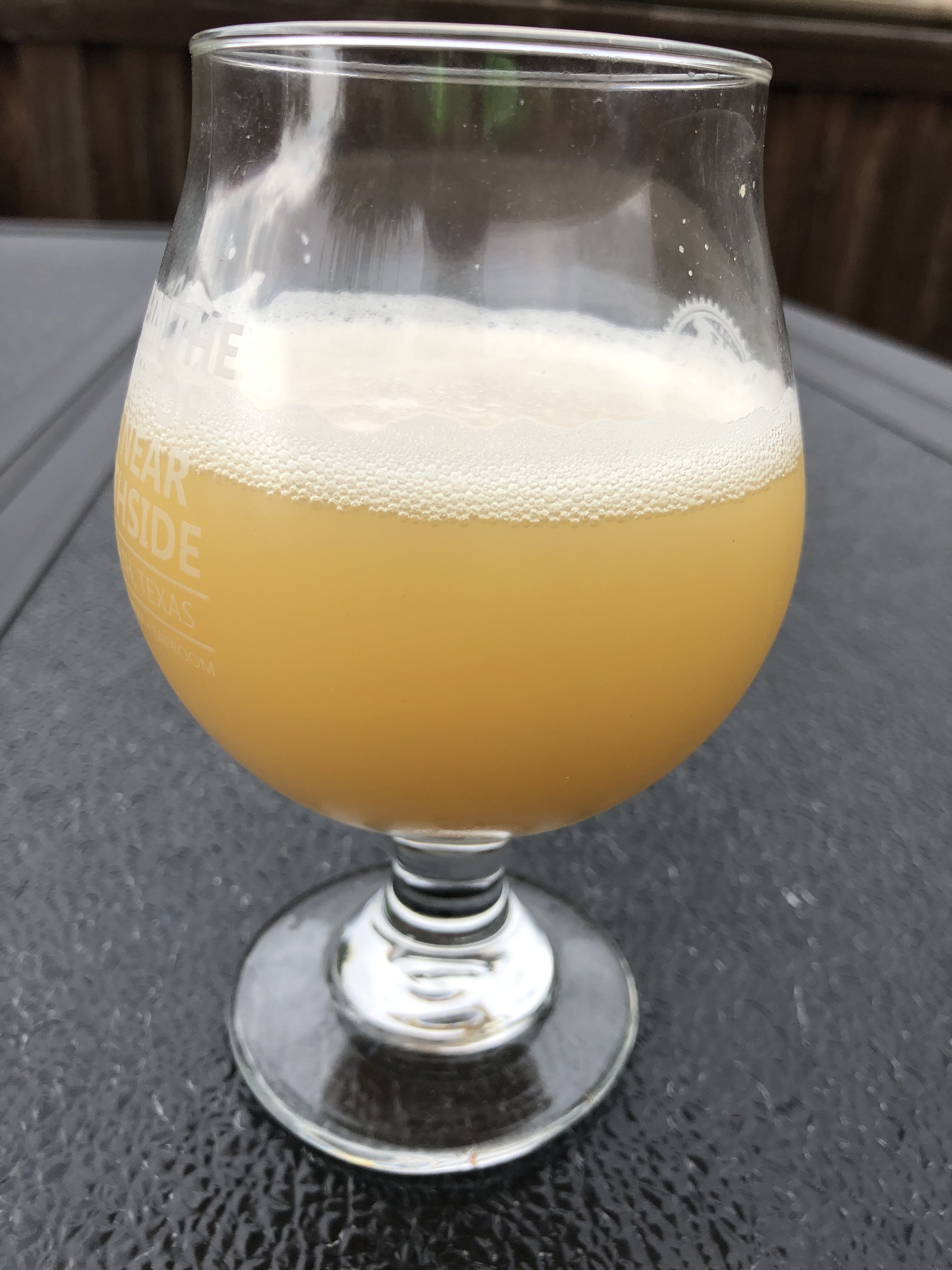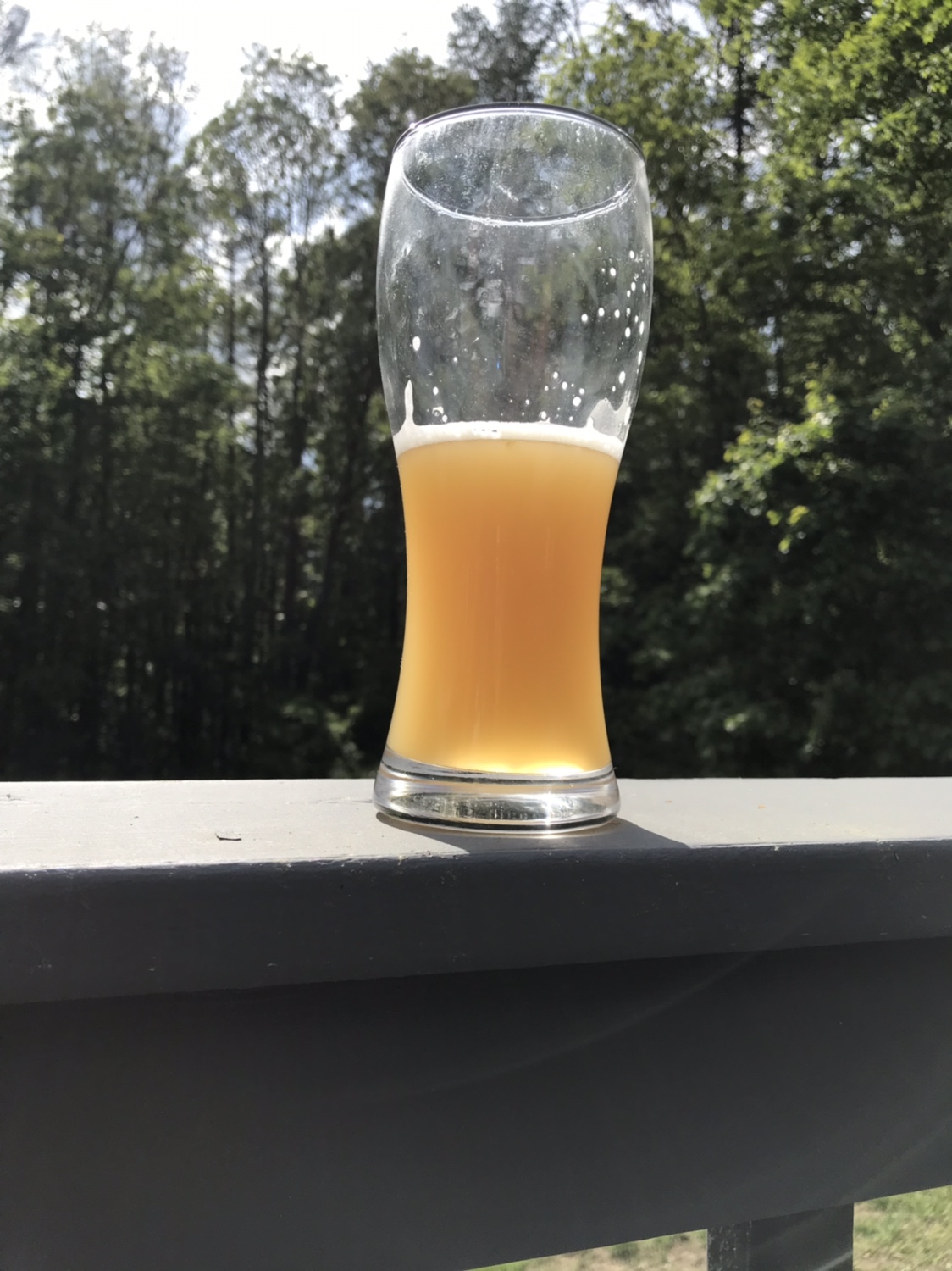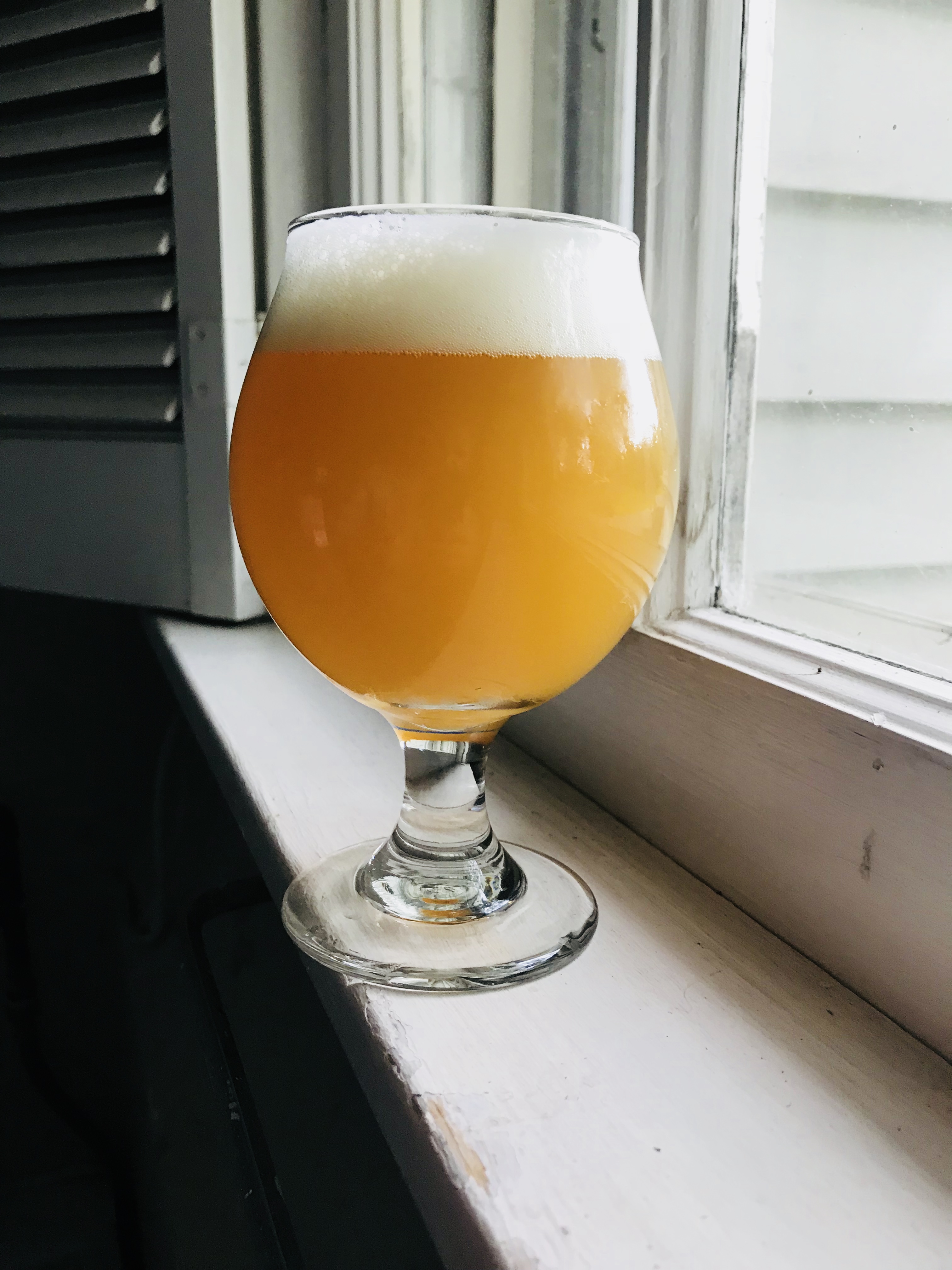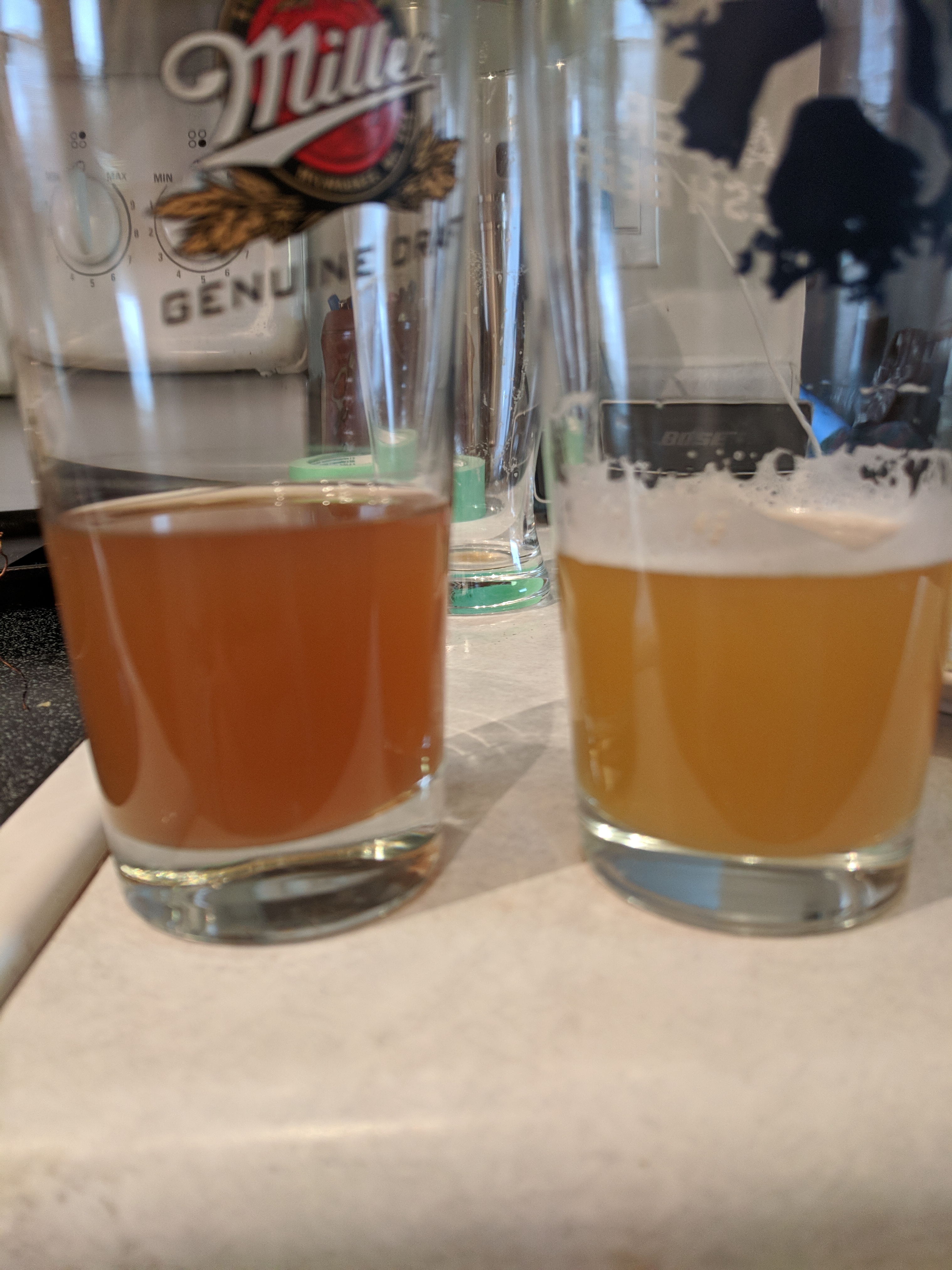SRJHops
Why did the rabbit like NEIPA's so much?
Off topic really quick - anyone here know about neipa breweries in Austin? Will be down there next weekend and having a hard time finding anything.
Southern Heights is awesome. They had something like 6 NEIPAs on tap when I was there in March. Pinthouse Pizza makes a pretty decent one too, called Electric Jellyfish. Zilker is also worth checking out.


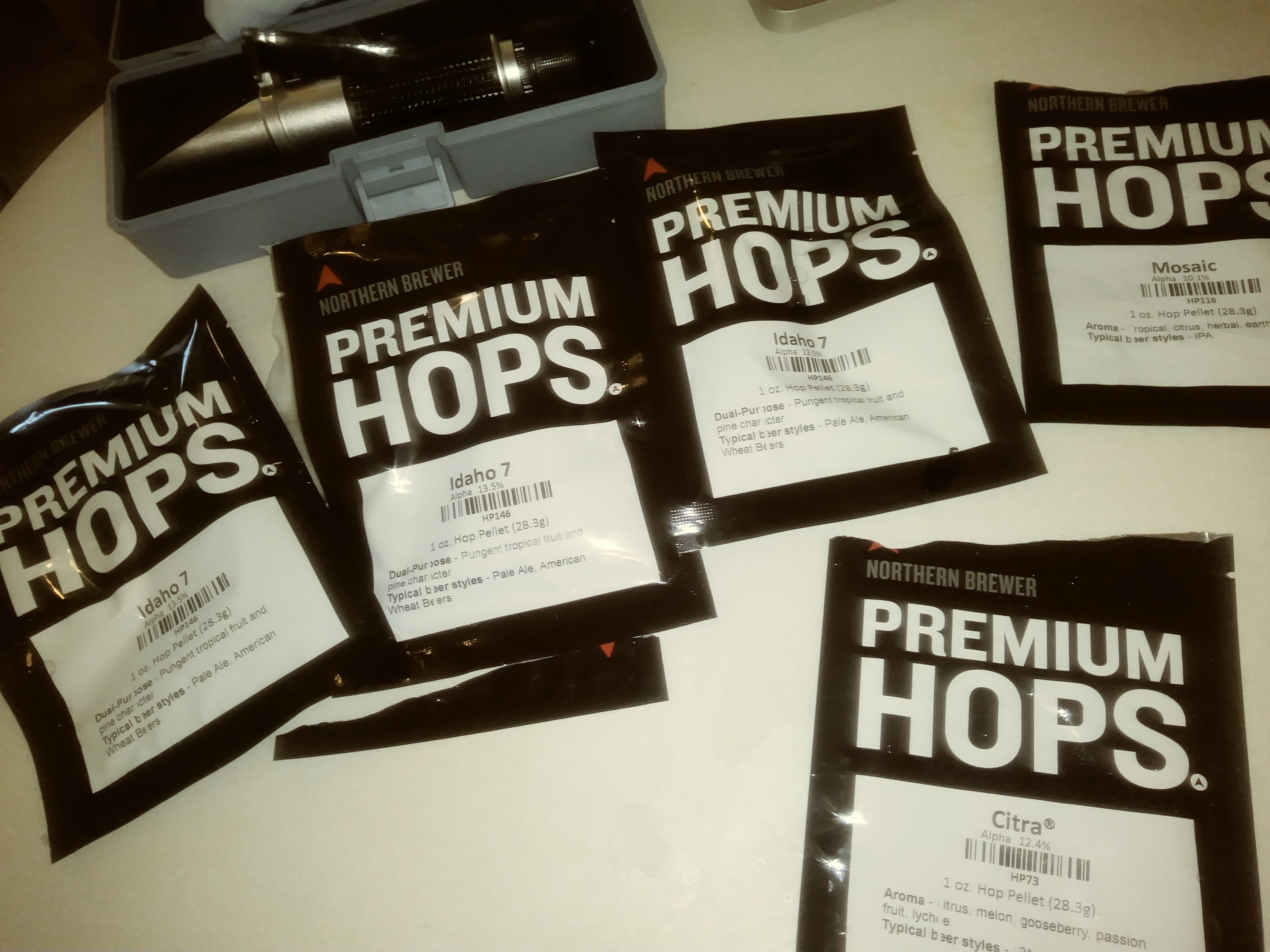









































![Craft A Brew - Safale BE-256 Yeast - Fermentis - Belgian Ale Dry Yeast - For Belgian & Strong Ales - Ingredients for Home Brewing - Beer Making Supplies - [3 Pack]](https://m.media-amazon.com/images/I/51bcKEwQmWL._SL500_.jpg)


















